I don't think one would enjoy having a floor drain underfoot in work zones like in front of a sink or in front of a brew rig...
Cheers!
Cheers!

I don't think one would enjoy having a floor drain underfoot in work zones like in front of a sink or in front of a brew rig...
Cheers!
What deck on the Starship Enterprise is that brew room?Definitely go with a floor drain. You will spill or boil over or want to hose down the floor after a brew session. On my second brew room now as we moved a couple years ago. My number one item was making sure I had the drain. Decided to build a platform for kettles and fermenters with a slope to the center with a drain. Hot water spigot and hose for cleaning. I have filtered water behind HLT and another hot water next to it for kettle cleaning.
I hear you! My brew space is in my garage. I've got everything I need in there except hot water and a floor drain. That means I have to lug everything down to the basement laundry room for clean-up. I often wonder if I'll be able to handle that in 10 or 15 years. My wife has been pretty understanding about my investment in this hobby, but I don't think she's going to go for the expense of getting a drain put in the garage.I'm not getting younger and beer isn't making me more fit.
![Craft A Brew - Safale S-04 Dry Yeast - Fermentis - English Ale Dry Yeast - For English and American Ales and Hard Apple Ciders - Ingredients for Home Brewing - Beer Making Supplies - [1 Pack]](https://m.media-amazon.com/images/I/41fVGNh6JfL._SL500_.jpg)











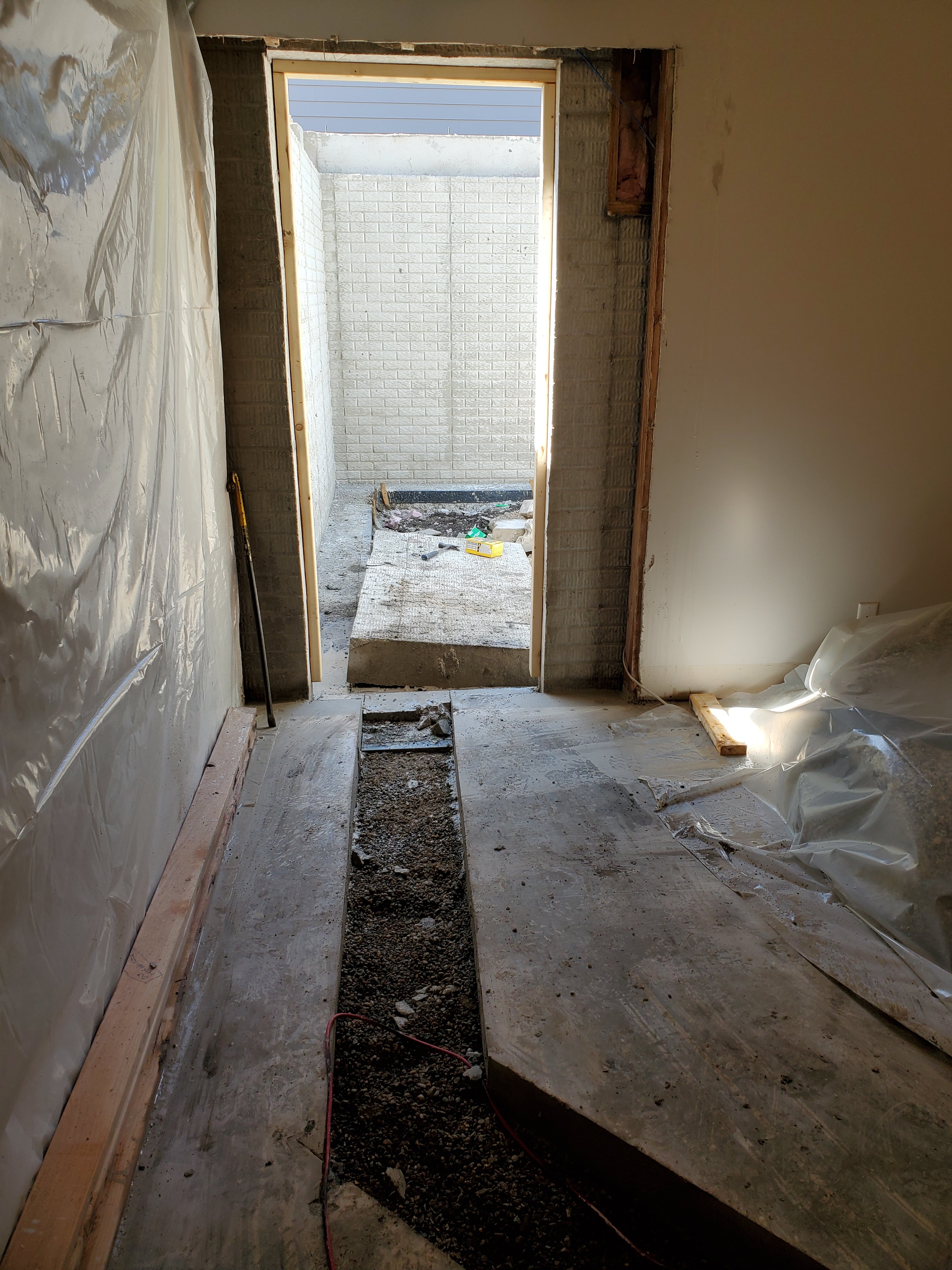
Definitely invest in a 220v electric space heater to keep warm in winter.The one thing about a vent fan is that you also need air coming in to replace it and create the draft for the fan to exhaust.
You may want to think about insulating it to keep warm, especially in winter. and cool in summer.
and comfortable to hang out in.
Looks great! Is that a hunk of concreate laying on the ground through the door?
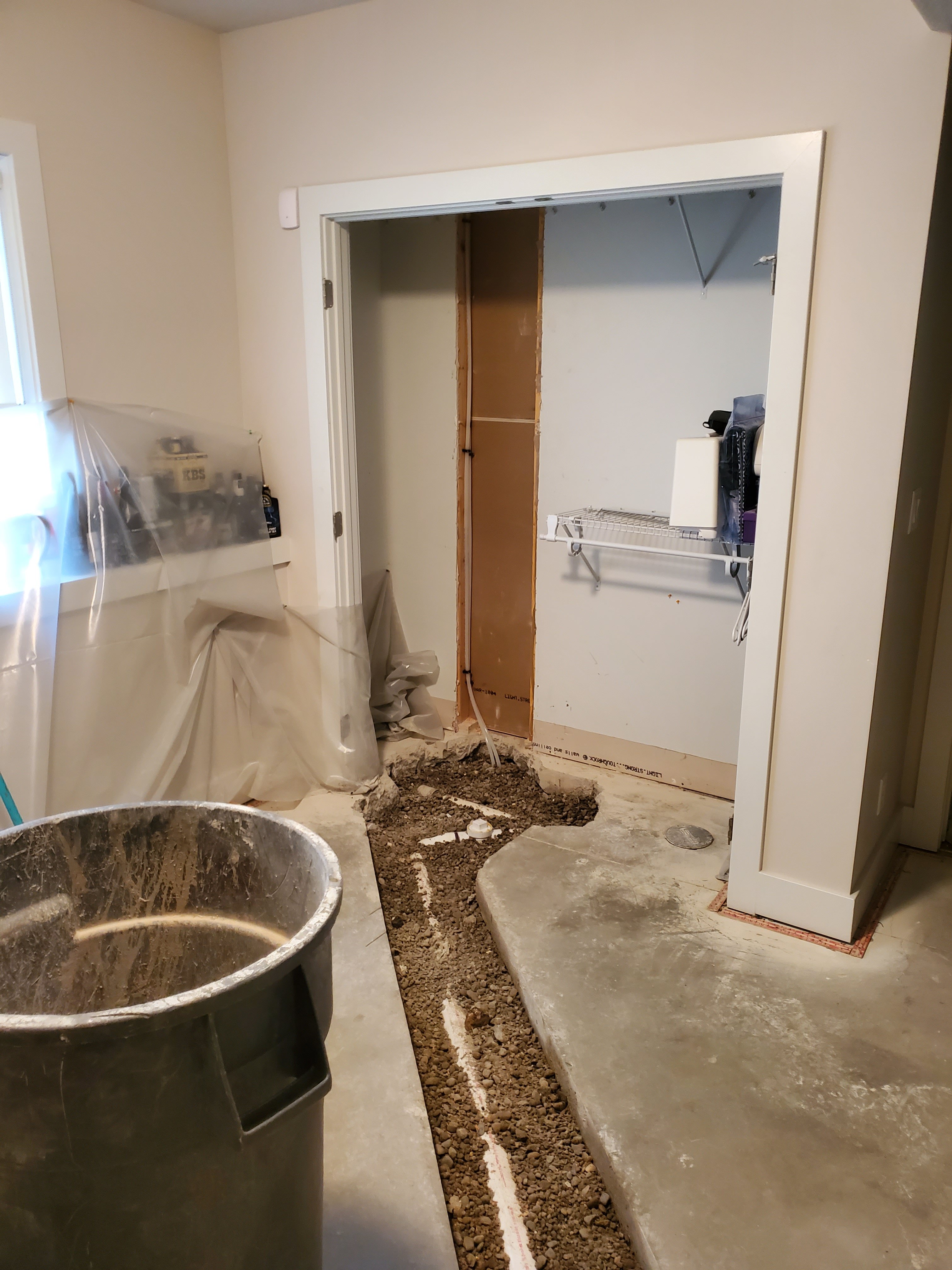
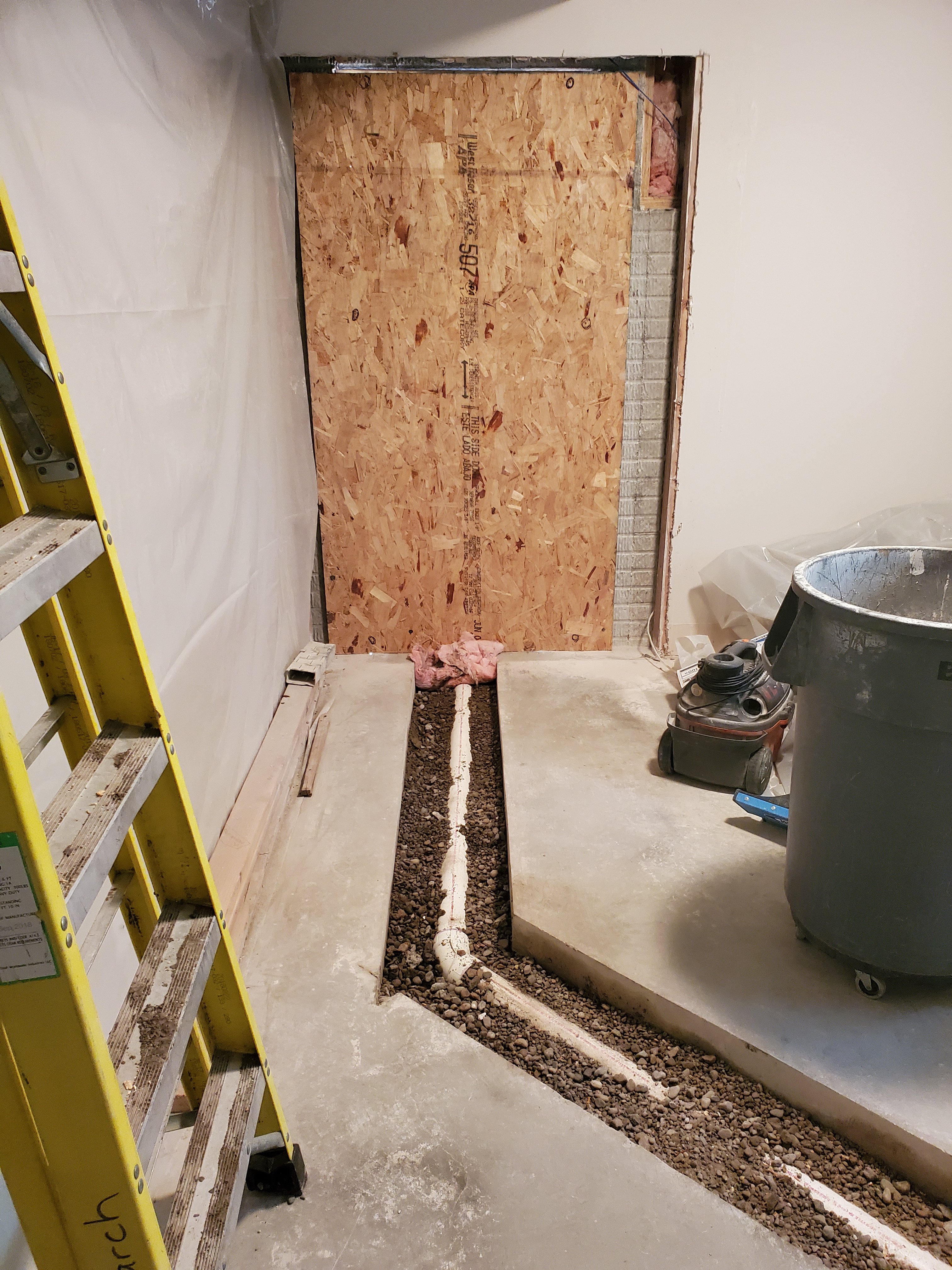

While there is still an opportunity possible to have a cold room for storing beer (before kegging, etc). Do wish I had the room for such a thing.
Sweet!Yeah. In my build I'm planning on a two-stage cold room (both small...basically a long 8' wide walk-in closet with two rooms.)
Front part will be ~55F, the back part I'll keep at ~38F. That's the plan at least. I might need to up my glycol system as I'm going to use glycol chillers I think...since I'll have the glycol system anyway. I want to do some stuff other than beer, specifically artisan cheeses. And the misses wants a 'cellar' for storing stuff and that's really hard when you are 7 foot above the high-tide mark!
@hezagenius Are you going to put a roll-up garage door in that large opening? That'll be sweet if you do!!!
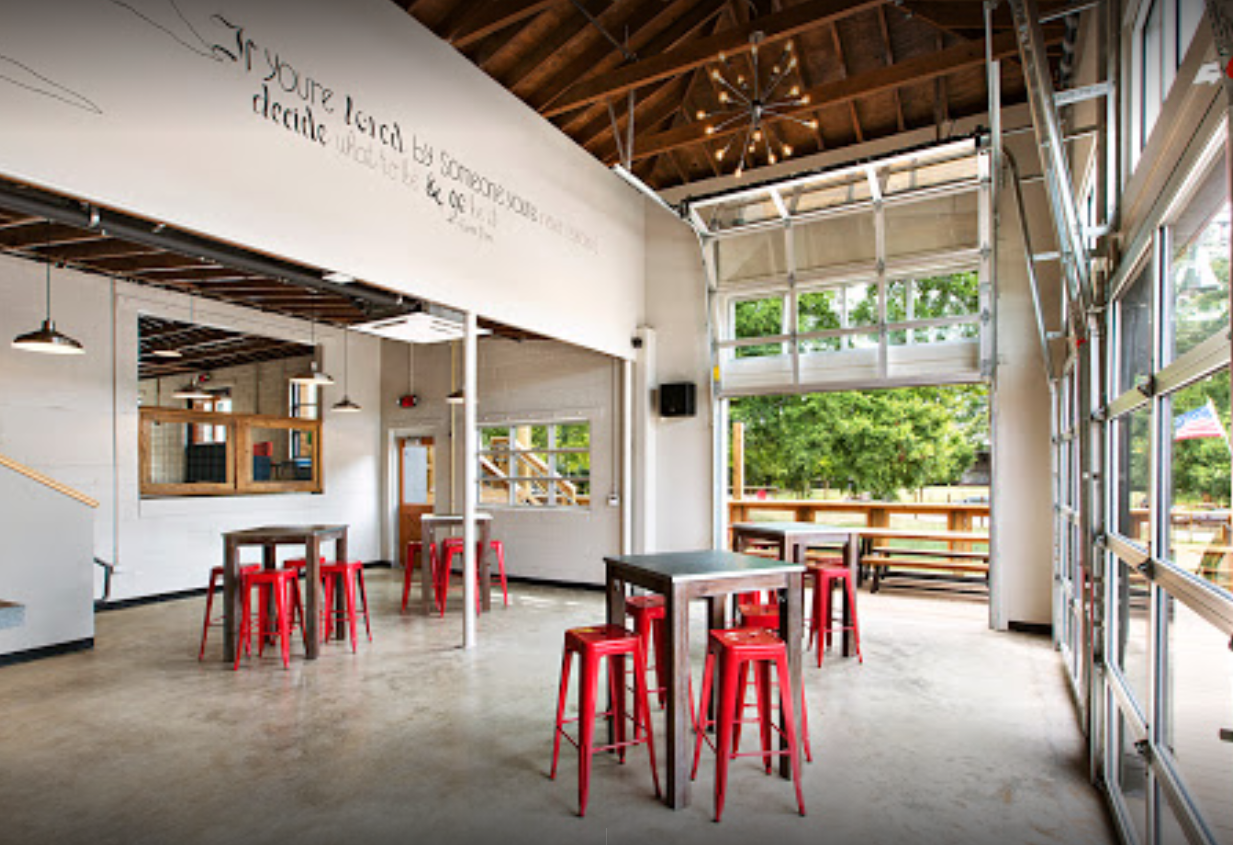
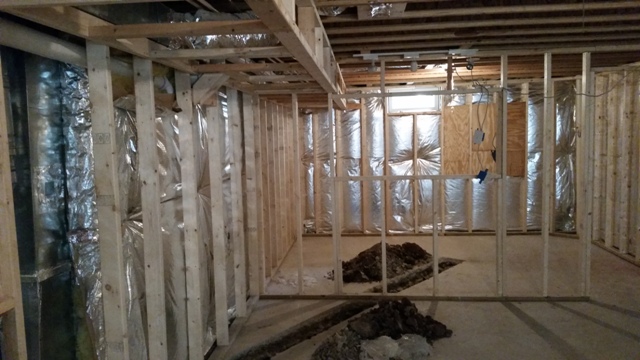
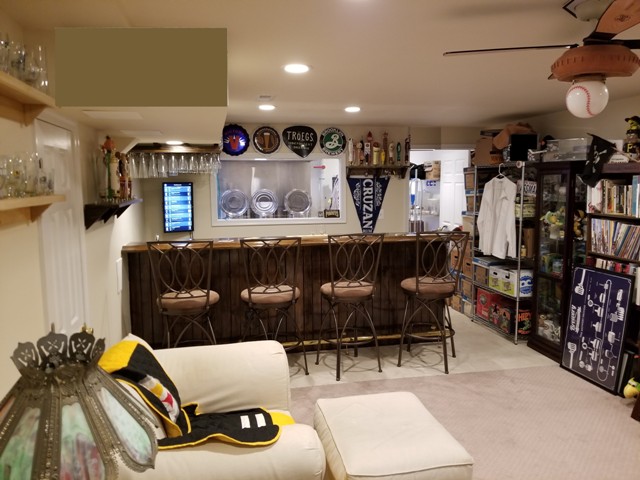
The problem would how to attach that to the ceiling, plus the room will be about 7'8" so that type of door would really cut into that clearance. I like the idea though.